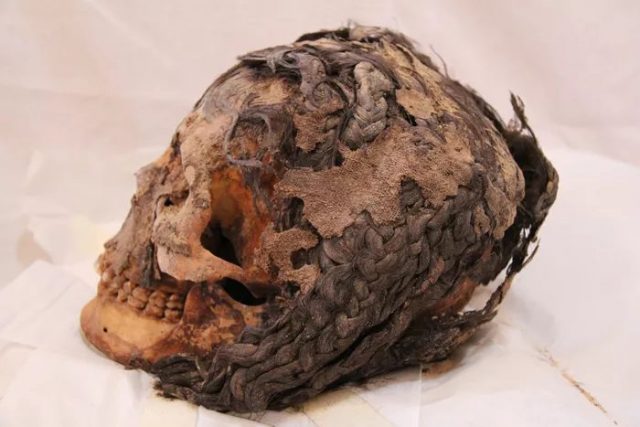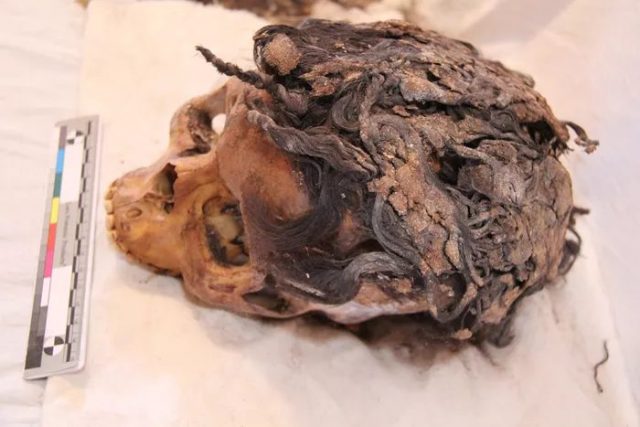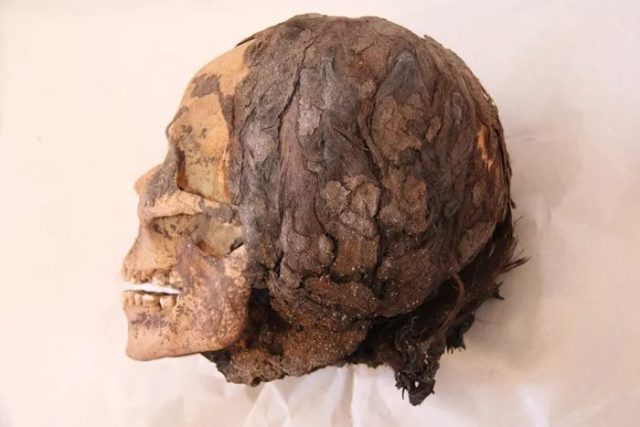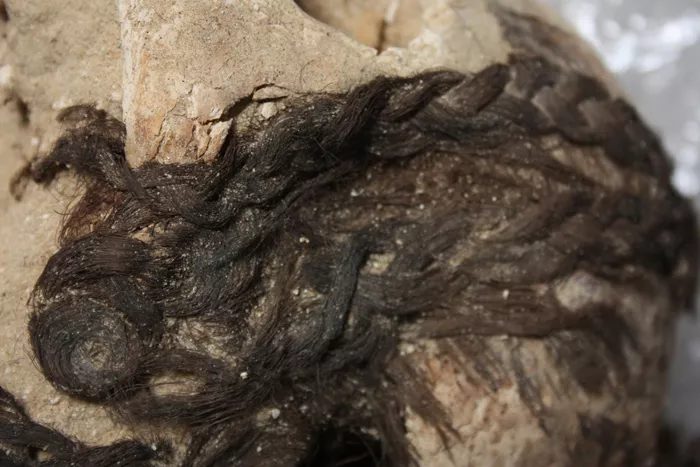Egyptian Discovery: Many women these days view their hair as a kind of accessory with which to play, changing its look, colour and even length depending on the season, their outfit, and whether they are feeling casual or sombre, or they’re just in the mood for a different look.
Hairstyles are part of fashion, every bit as important to a woman’s look as the shoes she wears or the purse she carries.
Nowadays, even women with short hair aren’t prevented from wearing a long, curly look – they simply add extensions and give their appearance a whole new vibe.
Most women today imagine that extensions (and other changes they can make) are recent innovations, a far cry from their grandmother’s day, when the only option was a bottle of peroxide, and that was only if they wanted to look like a bombshell movie star. Choices in those days, say 75 years ago, were truly limited, at least when it came to colour.

But as the saying goes, nothing on this earth is really new. And the ancient Egyptians, a truly advanced and sophisticated group, proved that repeatedly with everything from burial techniques that preserved bodies to hairstyles, colours and curls.
What we do now in expensive salons, techniques stylists imagine are cutting edge, are in fact as much as 3,300 years old, thanks to the Egyptians. Even extensions, which celebrities like Kim Kardashian tout as modern and fun, were worn by many women in ancient Egypt, and they were even buried wearing them, too.
Take the cemetery at the city of El-Amarna, for example. The cherished archaeological site, which has been undergoing exploration and excavation since 1977, revealed in 2014 examples of women who, thousands of years ago, wore intricate updos, extensions and even skull caps.
One skull was found six years ago with about 70 hair extensions still attached, and experts worked to recreate exactly what the Egyptian mummified body would have looked like when alive – hairdo intact.

The ongoing project is done by the Institute of Archaeological Research of Cambridge University in England, with the support and permission of the Ministry of Antiquities in Egypt.
The hairdos found indicate that women of ancient Egypt favoured complicated styles, ones that featured a variety of layers and lengths.
Several Egyptian skulls are so well preserved that archaeologists can get a clear, comprehensive picture of what trends and colours were fashionable back then. One skull shows that henna was likely used to cover grey hair on one woman, thereby giving her a more auburn shade, and probably a more youthful appearance.
These skulls and remains may be more than 3,000 years old, but the motivations behind the women’s choices were, it’s fair to say, timeless and still prevalent.

The Amarna Project continues to pull back the curtain on this ancient city, which citizens abandoned after the death of the pharaoh who built it.
The site consists of several zones, one of which is called Central City, where administration buildings, temples and palaces were built when the city was first constructed.
The pharaoh, Akhenaten, ruled from approximately 1353 until 1335 B.C. Historians say his greatest impact on his people was a change to their religion, moving it more fully to worshipping the sun.
Building Amarna was in keeping with those beliefs, but once the pharaoh passed away, citizens felt less compelled to stay in this city in the desert.
The Amarna Project continues to reveal much about ancient Egypt, its practices, religious beliefs and societal norms.
Another Article From Us: Tutankhamun Dagger Was Made From a Meteorite
The women with these remarkable hairstyles are just one more piece of the puzzle, the puzzle that teaches so much about Egypt’s past, but also about its present and, perhaps, about its future.
